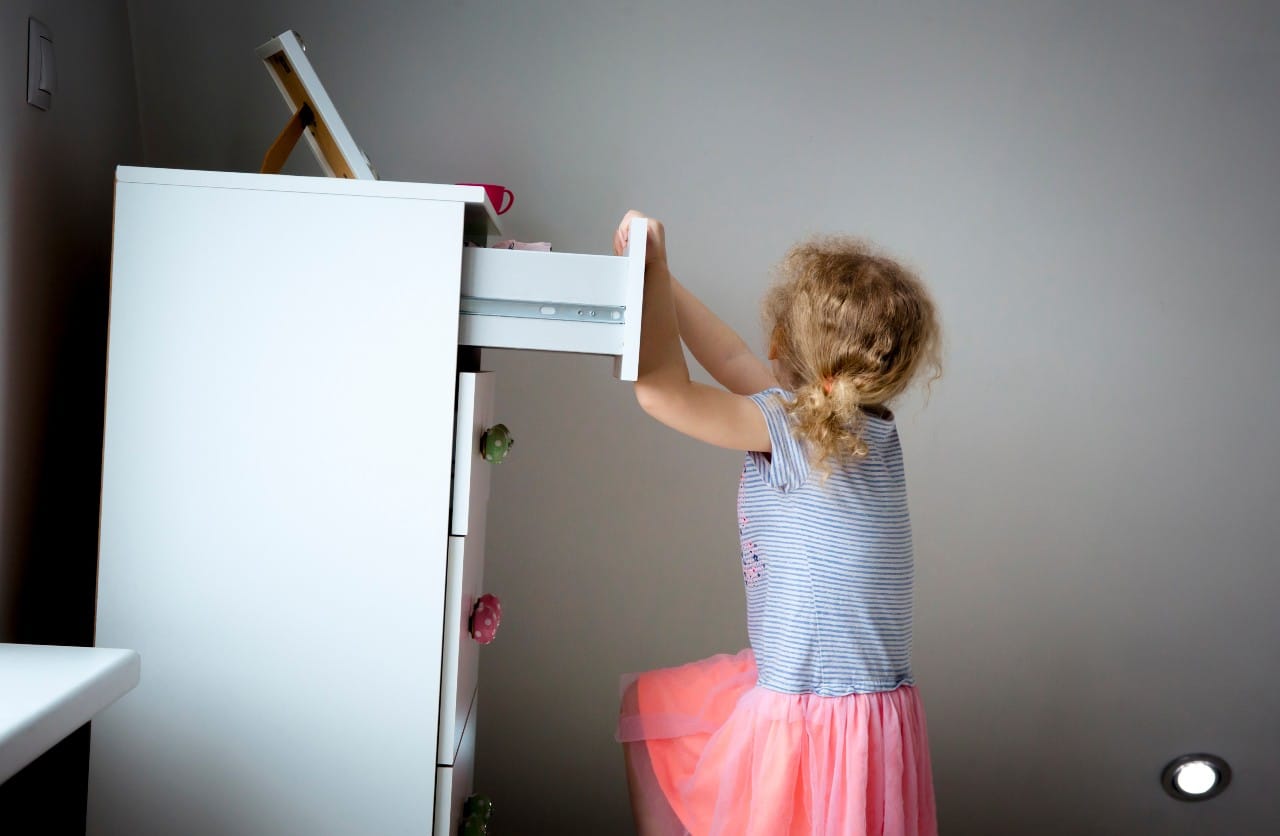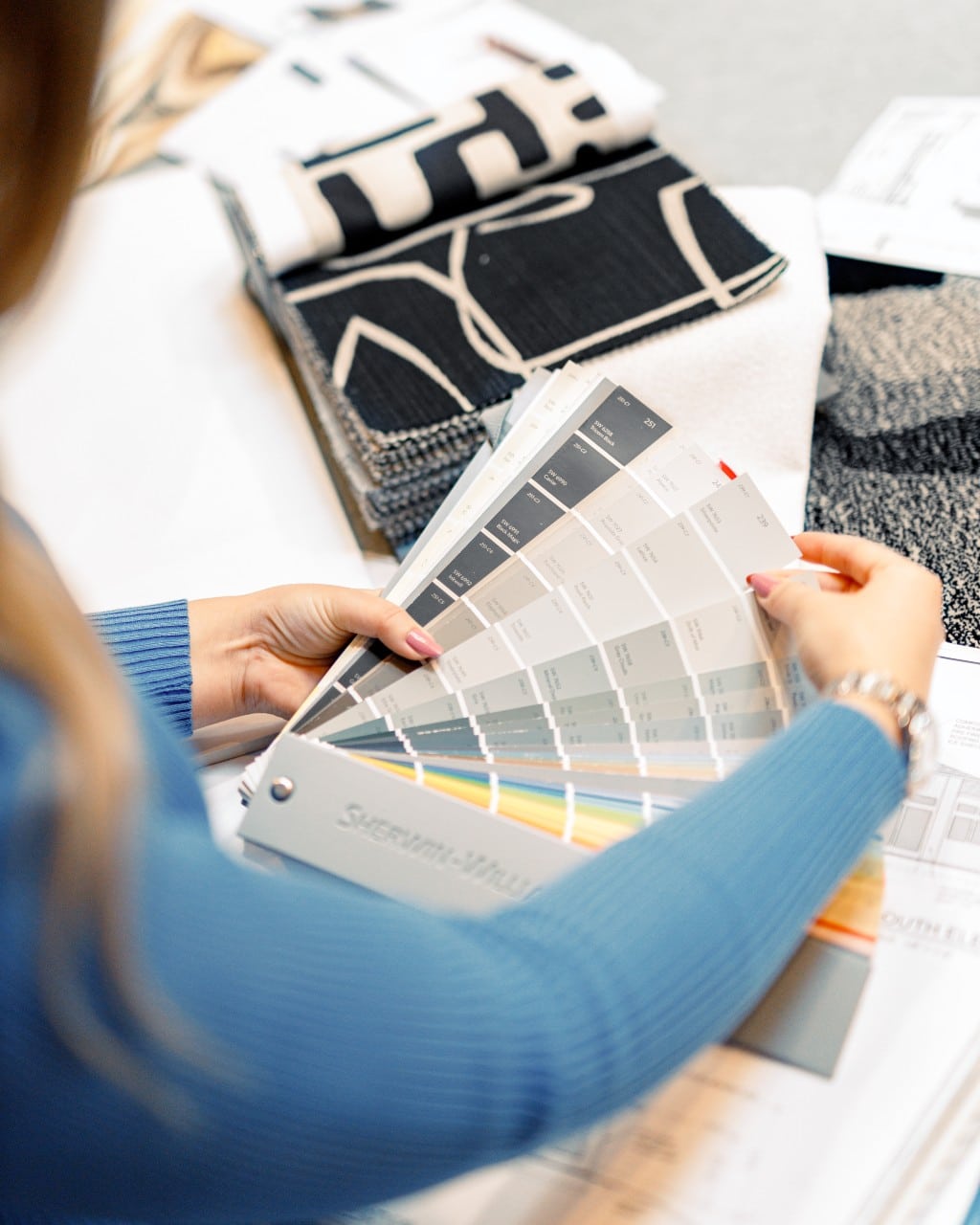The trend of massive spaces in a house is fading as smaller houses, little cottages, and even tiny homes are becoming popular for the next generation of homeowners and aging homeowners looking to downsize. Unfortunately, poor design choices can make smaller rooms feel cramped, claustrophobic, and downright uncomfortable. Luckily, through conscious design decisions, there are easy methods to make a small room look bigger. Come along with us as we share with you seven tips on how to make your tiny space feel way larger than it actually is.
How to Make a Small Room Look Bigger
- Scale Down Furniture
Nothing makes a room seem smaller than oversized furniture. One of the critical elements of interior design, especially when you are trying to make a room seem larger, is to proportion the furniture correctly. Here are a few examples:
- Rather than having a four-piece couch, you could go with a cozy loveseat.
- Rather than an eight-person dining table, you could have a four-seater with insertable leaves.
- Rather than a massive desk, you could have a bookshelf with a fold-down table.
The list goes on and on, but a talented eye could find a million creative solutions to your small space. Need your small space to be multi-functional? There are hundreds of unique, multi-functional pieces of furniture that will blow your mind!
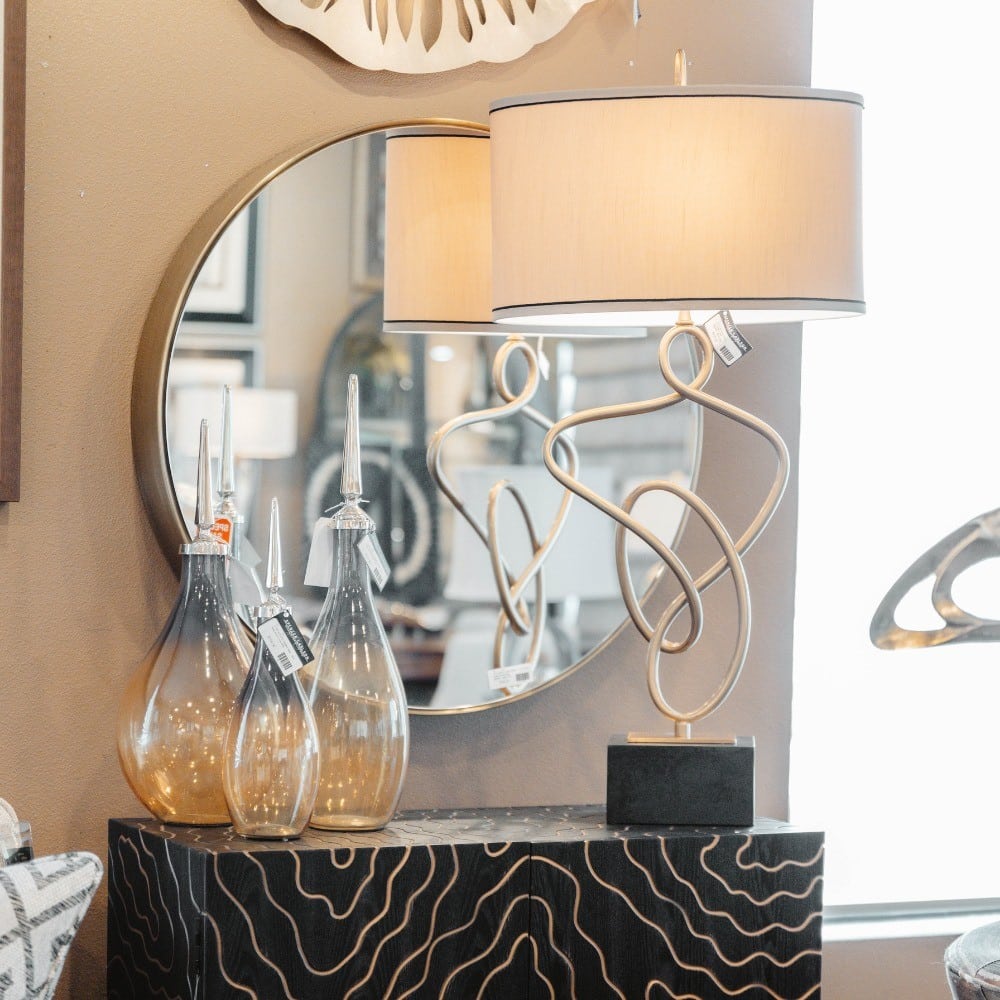
- Utilize Mirrors
Want to know something cool? Mirrors essentially trick the brain into thinking a space is larger than it is. Through the reflection of light and the view in the mirror, the eye perceives the room as having more space than it actually does. Now there is a caveat to that, mirror placement is crucial. You must put the mirror in a proper place to trick the brain, such as close to windows or behind a pendant light.
- Paint with White
Unlike darker colors that promote cozy, den-style feelings, white is the perfect color to make a small room seems larger. Much like mirrors, white paint reflects light and provides a cohesive aesthetic. We recommend painting the ceiling the same color as your walls as it draws the eye up and creates the illusion of a bigger room. It essentially blurs the distinction between wall and ceiling, making it seem like the ceiling is higher than it really is.
- Incorporate Horizontal Elements
Speaking of drawing the eye upwards, incorporating horizontal design elements provides a similar trick. There are endless methods to do this, such as: using a tall skinny bookshelf, implementing vertical shiplap, hanging a long chandelier, placing curtains close to the ceiling, etc. While it takes a trained eye sometimes to incorporate this element, it can make a massive difference in making your room seem bigger.
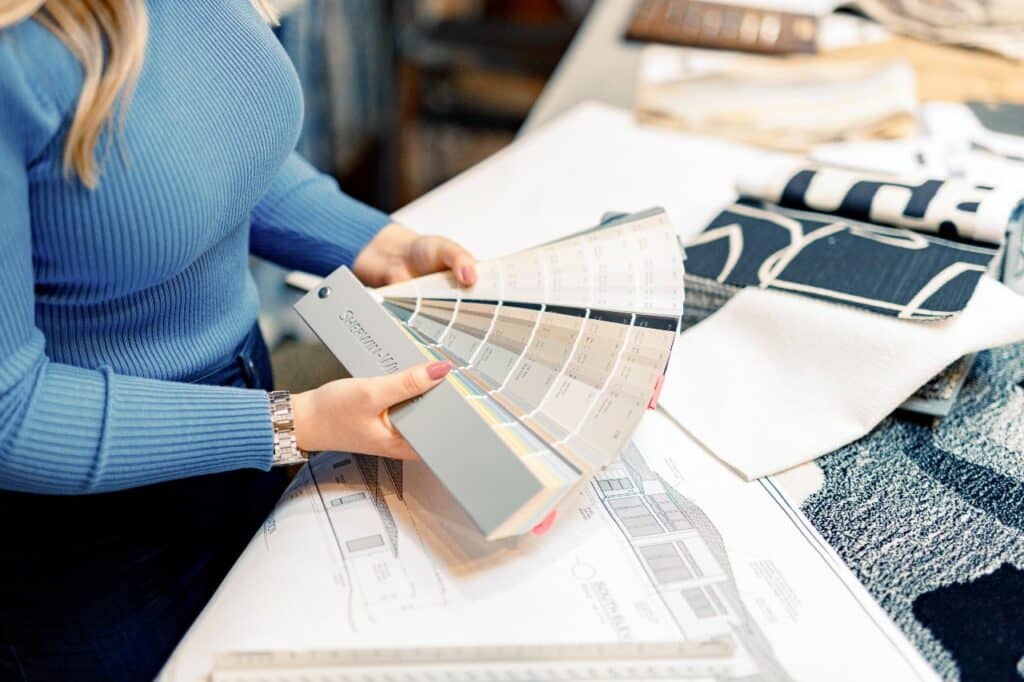
- Use Light Color Palettes
Again, darker colors create a cozier, smaller aesthetic, which is not what you want when trying to open up a room. Therefore, you will want to utilize light palettes to get the most aesthetic space from your colors. For example, whites, yellows, muted purples, and light blues are solid options.
Worried about it looking cold or stark? Even if you use a white/off-white color palette, you could highlight the room with a pop of color in your easily changeable design elements like throw blankets, pillows, décor, or even curtains.
- Keep a Simple Design
We understand how tempting it can be to display all your favorite design elements, but simplicity in core design structures is key to making a room appear larger. You will want to avoid busy patterns or extreme colors. In addition, you will want to stick with one design element, like one accent color or pattern.
On top of that, you will want to avoid overtly large room accents, like a giant picture. You would be better off having three smaller images. However, if you must have that massive picture in that room, you will want to make it a focal point with nothing else around it. Another way to think about this is minimalism.
- Practice Minimalism
One of the easiest methods to make a small room look bigger is to practice minimalism. A cluttered aesthetic can make the room feel overwhelmed and cramped, as unnecessary items take up simply more physical space, and it forces the eye to dart around a small space to take in everything. Simply removing a few items opens up the room and makes it feel larger.
Fortunately, minimalism isn’t as hard as everyone thinks. We understand that throughout life, we as humans gather items that signify essential memories. Whether it is a teacup passed down from a grandparent, a souvenir bought from a far-off land, or a homemade birthday present from a little one, they all deserve a special space in your heart and your home. Here are three few tips to getting started practicing minimalism.
- Anything that isn’t functional and doesn’t hold sentimental value can be donated or tossed.
- Say no to new stuff; unless it serves a purpose, don’t buy it.
- Practice seasonal rotations for must-keep items.
A final tip is to start fresh with a whole new design. Sometimes starting over is a great way to know what’s essential. Before scrapping your space and beginning again, we recommend getting help from an interior designer. Their specially trained eye can utilize minimalism in the best fashion while incorporating your style and, most importantly, trinkets.
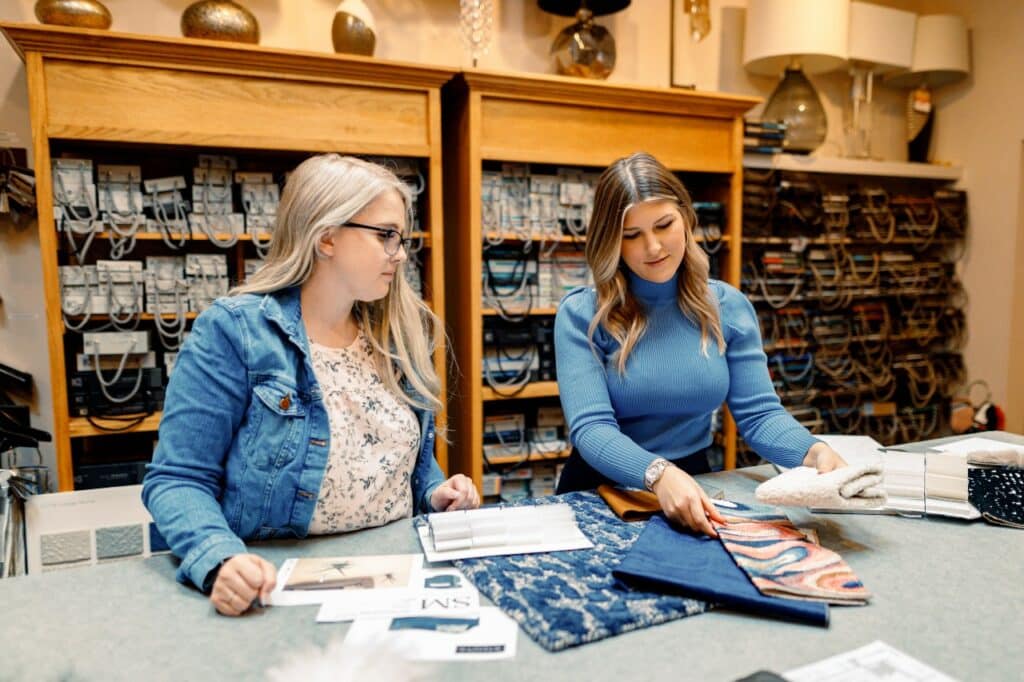
Design Your Dream Space with Spencer Carlson
Whether you live in a mansion or a small townhouse, interior design services can help create a stunning space that speaks to who you are. Spencer Carlson Furniture & Design has been serving the Tri-Cities since 1993. We have helped countless homeowners transform their homes into a stylish, customized environment they absolutely love.
From floor to ceiling, we offer interior design services to suit your needs. Our motto is: “Your style-Your budget!” Start your journey to becoming one of our satisfied customers with a breathtaking home today by scheduling a consultation. Want to learn more? Please review our interior design services to kickstart your creative juices!

